What Size Air Conditioner Do I Need?
When it comes to buying a new air conditioner, it pays to take the time to carefully consider your home's unique factors of location, design and construction.One of the most important aspects of an efficient system, getting the right-sized AC is a bit 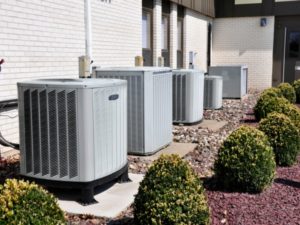 like Goldilocks and the Three Bears:
like Goldilocks and the Three Bears:
This point cannot be emphasized enough. Bigger is not necessarily better when it comes to air conditioners, and in fact it can actually be much, much worse.
Oversized ACs Cause Big Problems
When an AC is too large for the space, it doesn’t have to run as long to cool the house down to the thermostat setting.
Although this sounds good, these shorter cycles pull far less air through the system. Without sufficient time to run enough air through to the condenser, too little humidity is removed.[2]
Not only leaving the house uncomfortably sticky, the unwanted moisture can, over time, lead to mold growth and aggravate breathing problems.[2]
Moreover, with these shorter cycles, the liquid refrigerant that otherwise would have been used will improperly return to the compressor, damaging it and shortening its life. It is not uncommon for compressors in this situation to fail after only three years.[3]
Choosing the Right Sized AC
Luckily, the Air Conditioning Contractors of America (ACCA) provides guidance for determining the right-sized AC. While there are a number of factors to consider, these can be broken down into a handful of categories:Orientation
This considers where the house is situated (like on a hill) and how it is exposed to sun and wind. For example, in hot climates like ours, homes with fewer windows facing east and west will stay cooler than their neighbors with more windows facing the sun.[5]Indoor Conditions
The desired indoor temperature and relative humidity are also accounted for.[5]Building Construction
Consideration must be given to the quality of the insulation, windows, roofing and exterior and interior shading, as well as whether the house and ducts leak air.[5] Location
Location
Incorporating latitude, elevation, and temperature, here in Pinellas County, we design air conditioning systems to deal with the fact that 99% of the time the temperature doesn't falls below 45 degrees.
And that it only gets hotter than 92 degrees 1% of the time (although it may seem like more than that).[4][5]
Loads
Essentially the amount of cooling needed for a particular space, loads are determined by considering all of the elements set out in the categories above (location, orientation, indoor design, and construction).
Calculated for the total home as well as for each room, loads are described in terms of the heat energy that has to be removed from the house per hour (BTUs/h or tons).
Typical American homes have cooling loads anywhere between 18,000 and 60,000 BTUs/h or 1.5 to 5 tons (these tons are not weight, but are simply the equivalent of 12,000 BTUs/h).
However, some newly built homes are incorporating energy-saving construction methods that enable loads as low as 12,000 BTUs.[7]
Efficiency
Air conditioners are rated for seasonal energy efficiency (SEER), and government regulations have set minimums that, depending on the system installed, range from 12-14 SEER.
There are highly efficient units available, as well, with SEER up to 20.5. [6]
Of course, even the most carefully chosen air conditioner won't run efficiently if it's hooked up to ductwork that's too small. Causing the fan to run far more frequently than intended, this strains the system and eats up additional electricity.[3]
As with determining the best ductwork design, finding the right-sized AC requires training and experience. Contact us online here or give us a call now at (727) 392-6111, and let Air Zero's skilled technicians provide you with a FREE estimate.Resources
[1] http://energy.gov/energysaver/central-air-conditioning [2]https://www.acca.org/HigherLogic/System/DownloadDocumentFile.ashx?DocumentFileKey=e2b669dd-5bb4-4e8e-a5b5-3339bdb401ac [3]http://www.ahrinet.org/App_Content/ahri/files/Homeowners/manual D calculation.pdf [4]https://www.energystar.gov/ia/partners/bldrs_lenders_raters/downloads/County Level Design Temperature Reference Guide - 2015-06-24.pdf [5]http://www.nrel.gov/docs/fy11osti/51603.pdf [6] https://www1.eere.energy.gov/buildings/appliance_standards/product.aspx/productid/75 [7] http://www.pnnl.gov/main/publications/external/technical_reports/PNNL-23017.pdfTags
Subscribe to Air Zero's Blog



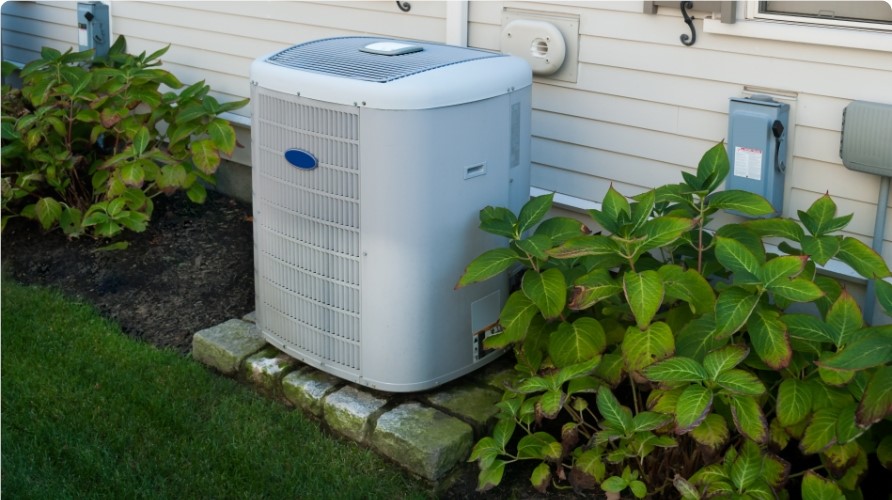

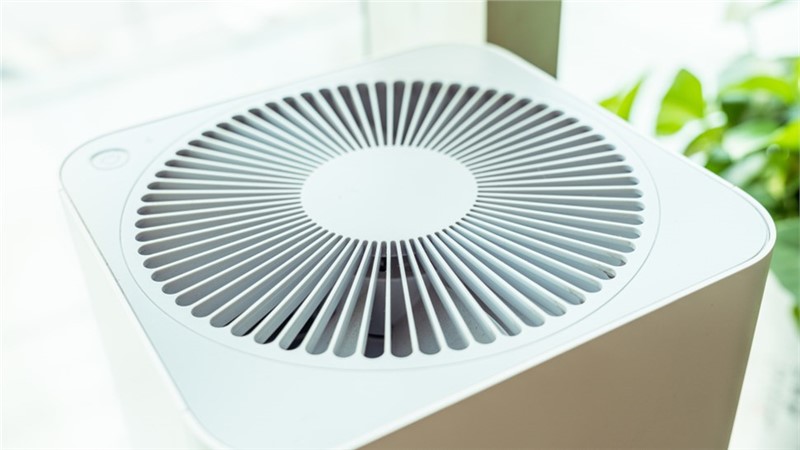
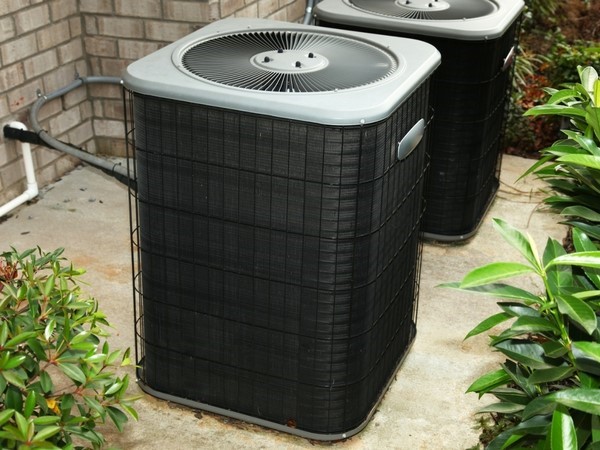


Comments